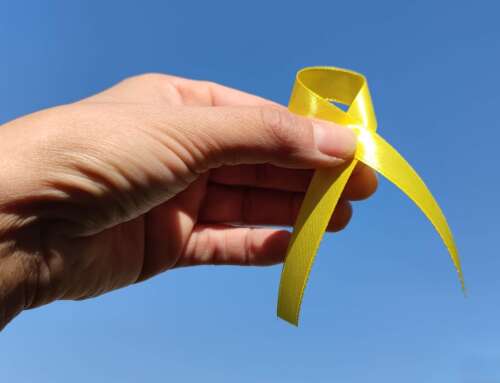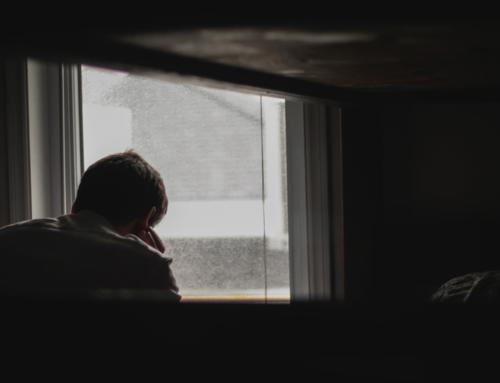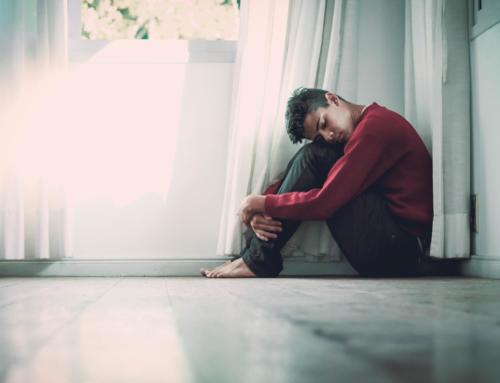When parents find out that their child is self-harm they often feel alone and assume that their child is the only one struggling with this issue. However, the 2015 Mental Health Child and Adolescent Report tells us that approximately 10% of young people consciously experiment with self-harm at some stage through high school. Other research estimates self-harm ranges between 7 and 24%, with initiation in the middle school years.
Self-harm is probably a lot more common than most research suggests, as surveys are usually conducted with young people who go to hospital or their GP after self-harming. We know that a lot of young people do not seek help after they self-harm and that behaviour is often hidden from clinical services.
Time and time again I have had parents call me in shock after discovering their child was self-harming. It never entered their minds that self-harm would be a coping strategy that their child would use. Self-harm seems to go against every innate instinct of self-protection and survival. It is therefore a confusing and distressing concept for parents, grandparents, siblings and friends to come to terms with.
Self-harm is when someone deliberately injures themselves in an attempt to cope with, express or control emotional pain. Some use self-harm as a form of self-punishment. Although self-harm may bring temporary relief it is important to note that it does not solve problems.
Parents may not realise this, but self-harm finds it expression in many behaviours and is not just about ‘cutting’. Some of the less recognised methods include electrocution, burning, self-battery, jumping from dangerous heights, stopping medication suddenly, pulling hair, needle sticking, freezing, strangling, suffocating, overdosing, swallowing a non-ingestible object, train surfing, driving at high speeds and deliberate unsafe sex. A newer form of self-harm is digital self-harm.
It is the intention of the behaviour that classifies self-harm, rather than the behaviour itself. For example, young people who binge drink may do so for a lot of reasons. They may do so to have fun or gain social status, or to self-harm – or for a combination of these reasons.
Because methods of self-harm are so wide and varied, and typically entrenched in shame and secrecy, it is so easy for parents to miss the warning signs. Parents may know that ‘something isn’t right’ but they may not notice or see direct evidence of self-harm for some time after it has begun.
One father said, ‘I saw cuts on her leg and she told me she had fallen over on sharp grass during PE. I actually believed her at the time. I didn’t think about it anymore until I saw cuts on her arm. That is when it clicked. That was at least two years ago now. Looking back, I wish I had been more aware and addressed things earlier.’
Some of the most common warning signs that parents need to look out for include:
- knowledge of others who are self-harming
- unexplained marks on body
- wearing long sleeves that are never removed
- covering up or wearing baggy clothing
- wearing wide wrist bands that are never removed
- secretive behaviour
- items that could be used for cutting going missing or put in strange places (like the back of drawers)
- needing to be alone for long periods of time
- physical or social isolation
- blood stains
- sharp objects found amongst possessions
- frequent stories of accidents
- sleeping and eating changes
- losing interest in usual pleasures
- mood changes
- avoiding situations where arms and legs are showing eg. Gymnastics or swimming carnival
- washing their own clothes
- drop in grades at school.
Parents and caring adults, please keep an eye out for the destructive thinking which may lead young people to express pain through these methods. With better identification and education, we can offer preventative support. I am particularly passionate about the early intervention and prevention of self-harm because during this time it is most responsive to the support that caring adults can bring.
PS. Thank you for sharing. You never know the difference you could make to someone else’s life.
You can find more on this topic in my book ‘Self-Harm: Why Teens Do It and What Parents Can Do To Help” available from michellemitchell.org
Image by Fernando from Unsplash






Leave A Comment